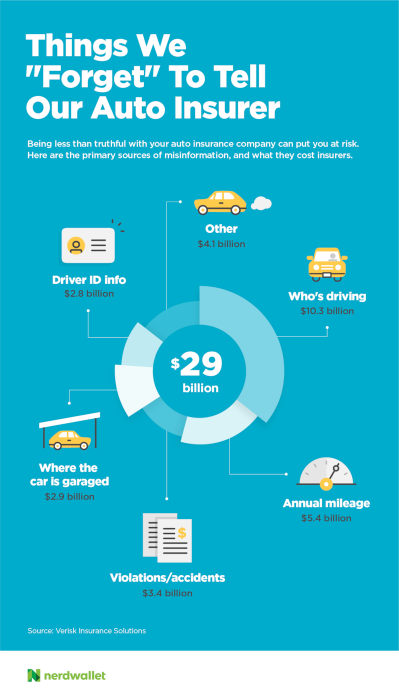As you throw open doors and cast out the dirt that’s collected in your home all winter, remember that spring is also an ideal time to spruce up your finances — especially those areas that may benefit from tax refund cash. Tax season is a natural time to think about your current and future financial state as you sift to find W-2s, property tax statements and capital gains or losses in your portfolio. Your refund can also help you make overdue financial repairs — think lingering bills or a lackluster emergency fund — or perhaps invest in a stock that you’ve had your eye on. Here are some practical steps you can take to bring new order and tidiness to your finances this spring.
Pay off high-interest debt
Putting your refund check toward paying off credit card bills that you amassed over the holidays isn’t the most fun way to spend a windfall, but it is among the smartest. This is true even if your refund won’t eliminate all of your debt. The average American household that had credit card debt had nearly $17,000 in balancesin 2016; meanwhile, the average tax refund last year was just shy of $3,000. Suppose you have multiple credit card accounts. Which should you pay first? Mathematically, it makes themost sense to pay down the account with the highest annual percentage rate. But some research suggests that paying off smaller debts first — known as the “debt snowball” method — may provide a psychological boost that keeps your debt management efforts on track. Either way, you can’t go wrong by paying down high-interest debt. Adjust your withholdings
It may feel strange to think this when you get a big check from the government, but there’s wisdom in considering making a move to not get a refund next year — and instead using the additional cash in each paycheck to seed your bank accounts and retirement savings. Eliminating that $3,000 refund could put $250 a month in your savings account. Put that cash each paycheck toward a holiday spending account, for example, and you may eliminate the stress of paying off high-interest credit card debt this time next year. You can adjust your withholdings any time of year through a W-4 form. Ask your employer’s human resources department for more details. Remember, a refund indicates you’re overpaying your taxes every paycheck — and giving an interest-free loan to the federal government in the process. Open a retirement savings account
If you’ve already paid down high-interest debt and reclaimed previously withheld money from your paychecks, the next move involves earning a little return for yourself. Consider plunking your refund into a traditional individual retirement account or a Roth IRA. Both allow you to contribute up to $5,500 a year — or $6,500 if you’re 50 or older — but have different tax implications. Your contribution to a traditional IRA is tax-deductible, but the withdrawals in retirement are not. For a Roth IRA, the reverse is true: You pay taxes upfront on the contributions, but you won’t have to pay taxes on withdrawals in retirement. If you already have a traditional or Roth IRA, consider putting your refund check toward your annual contribution limit for the year. And if you haven’t rebalanced your portfolio in a while, it’s also a good time to make changes to your investments and make sure risk is spread among different asset classes. Buy company stocks
If the abundance of recent news on stocks — a phenomenon driven in large part by the tumultuous Snapchat initial public offering — has you wondering how to buy stock, keep this in mind: Only 13.8% of American families own individual company stock, according to a 2014 Federal Reserve report. Although most IRAs and 401(k)s offer exposure to the stock market through index funds and exchange-traded funds — vehicles that comprise a selection of stocks and thereby reduce risks for investors — many retirement accounts don’t allow investors to purchase individual stocks. If you want to start buying company shares, you can use your refund check to open a brokerage account. But remember: Many experts recommend having no more than 10% of your total portfolio in individual company stocks — and likely less if you’re anywhere near retirement age. Make investments in companies with an eye toward long-term growth, not short-term gains. Profits favor the patient investor. A previous version of this article misstated the credit card debt statistic. It has been corrected.
Kevin Voigt is a staff writer at NerdWallet, a personal finance website. Email: kevin@nerdwallet.com. Twitter:@kevinvoigt. The article Use Your Tax Refund to Spring Clean Your Finances originally appeared on NerdWallet.























